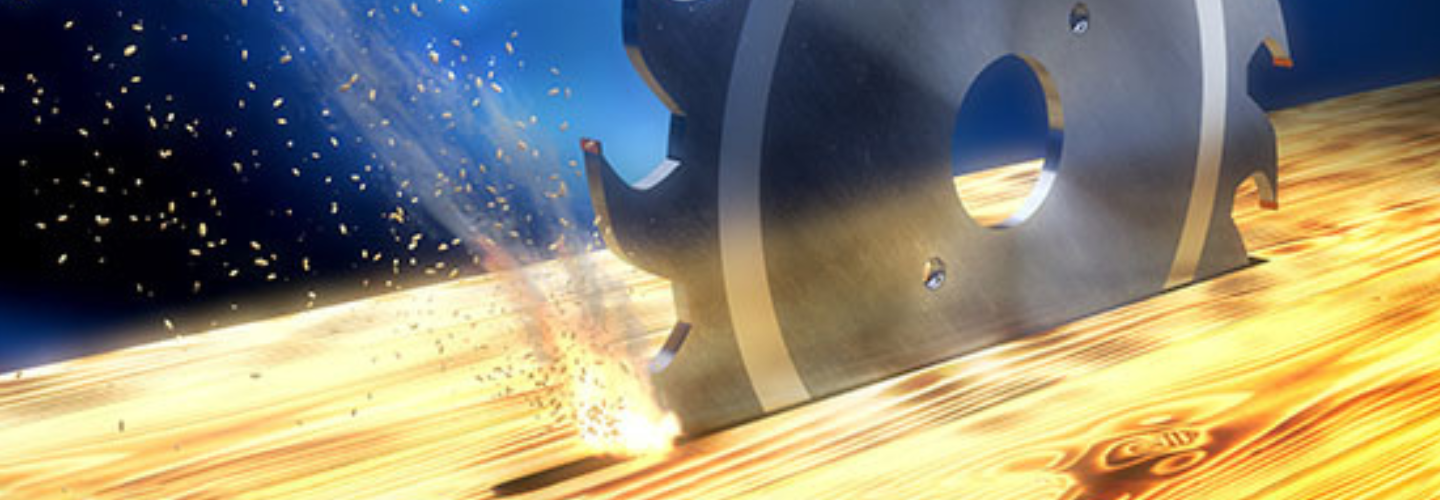On Orders Over $199
On Orders Over $199

The best diamond blades can be used for either dry or wet cutting, depending on their design. Which option you go with is determined by your intended use. Wet cutting is preferable for indoor use since it produces less dust and allows for more efficient blade cooling. On the other hand, dry cutting is more practical for outdoor tasks. Segmented rims, continuous rims, turbo rims, and turbo rims are just some of the rim options for diamond blades. Each one excels at a different kind of cutting. Segmented blades, for instance, are great for heavy-duty chopping, while continuous rims excel at finer, chip-free work.
The diamonds used to make the blade must be of the highest grade. Better cutting performance and longer life can be expected from diamonds of higher quality. Try to find blades that have diamonds of commercial quality. The connection is what keeps the diamond crystals together. How well the blade slices depends heavily on this factor. Various materials require various types of connections. For instance, a firm bond is preferable for abrasive materials like asphalt, whereas a soft bond is ideal for hard materials like granite. The blade's cutting performance and thermal management are influenced by its segment count and configuration. In order to dissipate heat efficiently, segmented blades with narrow gullets between segments are preferable. Be sure the blade's diameter and arbor size are suitable for your machine. If your blade doesn't fit properly, you risk injury and less efficient cutting.
When cutting tough materials like stone or concrete, many people turn to diamond blades because of their segmented shape. This signifies that the cutting edge is segmented, with spaces or slots between each section. By leaving gaps between them, segments improve airflow and decrease the amount of cutting surface exposed to the material. This segmented structure allows for better heat and vibration dissipation. Dampening materials or inlays are built into the design of some of the best diamond blades. Vibrations caused by the cutting process can be mitigated by strategically placing these materials. These blades make cutting easier and quieter since they dampen vibrations.
The best diamond blades are balanced and manufactured to reduce vibration to a minimum. This equilibrium makes it so the blade spins steadily and without swaying, cutting down on operational noise and vibration. Diamond blades are often made with state-of-the-art manufacturing procedures to lessen the amount of noise and vibrations they produce. Methods like laser cutting and the careful gluing of diamond segments to the blade's core fall under this category. The tight tolerances of the production process allow for quieter and more efficient slicing.
There are also diamond blades available with acoustic dampening technology. Slots, laser-cut extension slots, and acoustic-dampening materials are all potential solutions. The goal of these enhancements is to reduce cutting-related noise. The noise and vibration levels of resin-bonded diamond blades are often lower than those of their metal-bonded counterparts. The cutting process can be made quieter by using resin bonding, which is more adaptable and can assist in absorbing vibrations.
The noise and vibration produced by a fan blade might vary depending on its design and geometry. If the geometry of the blades—including their segment shapes and arrangements—is improved, the resulting cut will be quieter and smoother. Diamond blades of the highest quality are manufactured with the finest components and under stringent quality assurance guidelines. Imperfections in these blades are less prone to cause unwanted noise and vibration.